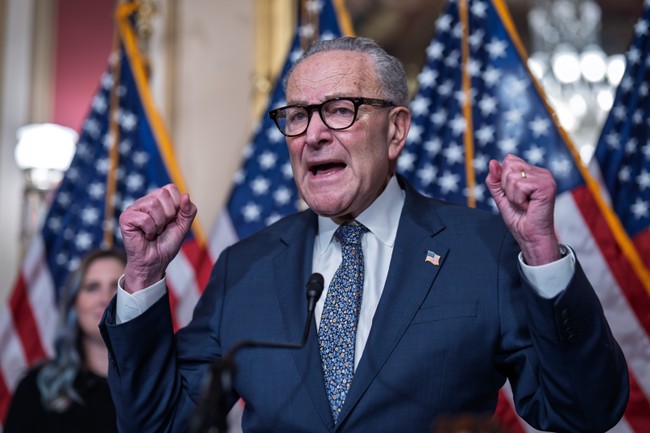The Schumer Shutdown has now stretched into the longest federal government shutdown in American history, and this article walks through who it hurts, why it’s happening, the political calculations behind it, and what it means for voters and institutions across the country.
As of Tuesday, November 4, the standoff between Senate leadership and the funding process has become the longest government shutdown on record. Millions of Americans feel the pain in daily life: disrupted travel, strained food assistance, shuttered parks, and added stress for service members and federal workers. The cost is immediate and tangible, and policymakers should be held to account for the consequences of their strategy.
So what have we gotten from this extended halt? Very little beyond spectacle and political theater. Essential services have been interrupted, long-term programs face uncertainty, and private sector partners who rely on government contracts have seen plans and paychecks disrupted. Meanwhile, the stated goals driving the standoff remain unclear to many who are paying the price.
One recent Senate vote on October 28 failed 54–45, with three Democrats crossing the aisle but still falling short of the numbers needed to pass a funding measure. The breakdown showed fissures but not enough to force a resolution, and the impasse has lingered as party leaders weigh political risk versus immediate relief. That arithmetic has kept the shutdown alive and put millions of Americans in limbo.
Public messaging from both sides has leaned on blame and slogans while policy debates grind forward in private. Some in leadership seem to be using the shutdown as leverage for future priorities, betting that short-term pain will yield long-term political gain. That gambit carries real risk: voters punish perceived indifference to livelihoods and safety, and history is littered with political miscalculations that backfired.
Observers note parallels to past shutdowns, and one image from 2013 remains a recurring refrain among critics: “Trump should play this on repeat.” That exact quoted line has circulated as a political jab, pointing to how adversaries reuse past missteps to shape narratives and rally opposition. The comparison underscores how shutdowns become lasting political symbols far beyond their immediate fiscal effects.
Rumors swirl that Democratic leaders might hold the line through key elections, hoping turnout and results will strengthen their hand later. The idea is to let electoral outcomes recalibrate bargaining positions, but that approach treats ordinary Americans as collateral in a political gamble. Using federal operations as leverage during critical votes risks deepening public cynicism about governing priorities.
Media coverage has outlined the historical context: the previous record-holder was the 2018-2019 shutdown during President Donald Trump’s first term, which ended on the 35th day when a bill was signed into law. The current standoff crossed that threshold and appears poised to extend even further without meaningful compromise. That comparison highlights how recurring this problem has become and how little progress has been made to fix the structural causes.
Texas Senator Ted Cruz has publicly criticized the tactic, calling it a cynical play to mobilize the most extreme elements of the base ahead of elections. His comments reflect a broader unease among some Republicans who see political posturing trumping steady governance. The split illustrates that even within the same party, opinions differ on strategy and on how to respond to a shutdown that harms constituents.
The real victims here are everyday citizens: travelers stranded by staffing shortfalls, SNAP recipients facing delays, National Park employees unsure of pay, and armed forces personnel coping with uncertainty. These are not abstract statistics; they are people trying to go about life while Washington plays high-stakes poker with public services. Leadership ought to prioritize restoring stability rather than scoring headlines.
Voters should note who pushes for prolonged fights and who urges clean funding measures to reopen government services. Midterm and local elections coming up will offer a chance for citizens to weigh in on whether political brinkmanship is acceptable as an instrument of policy. The decisions made at the ballot box will shape how future leaders approach these crises and whether shutdowns remain a recurring tactic.
In the meantime, the shutdown’s record-setting status should prompt reflection on whether current rules and norms encourage such tactics. Congress could consider reforms that reduce the leverage of shutdowns and protect essential services from political brinkmanship. Without structural change, the cycle may repeat, and the next shutdown will find new groups paying the price for partisan standoffs.





Add comment